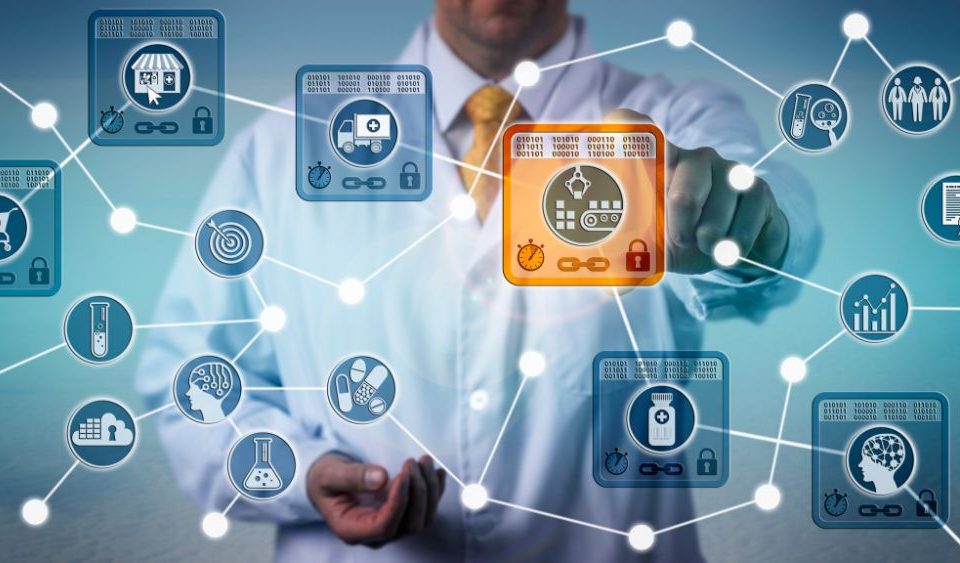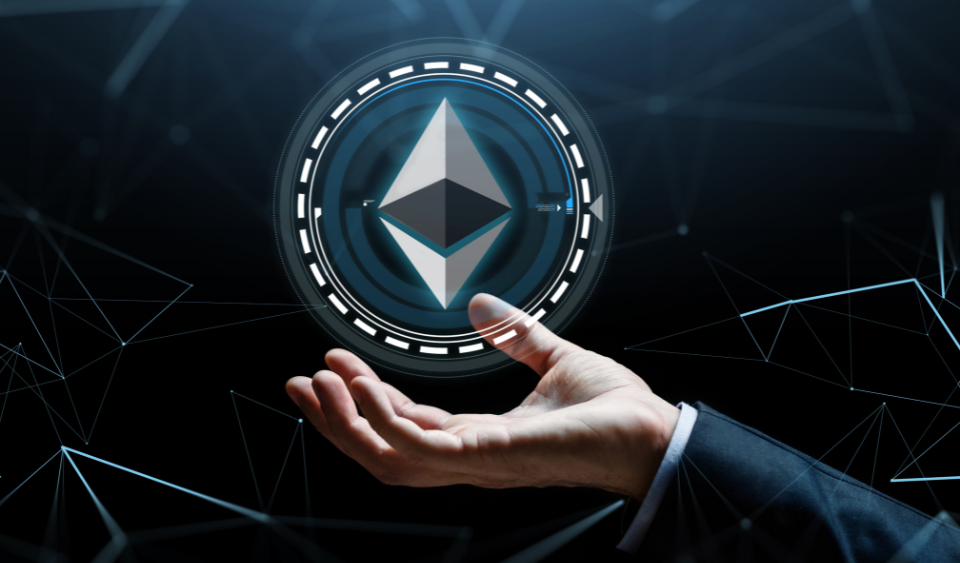Aftermath. Beyond the night of coronavirus: a dawn to design now

Change is coming, and it’s coming in the form of a recalibration of many aspects of our lives.
by Federico Bo
There is a transition taking place in human history.
The pandemic we’re currently experiencing is likely to bring about new balances, evolving practices, updating the visions we have as a society. Many of these changes will be closely related to the technologies that have emerged over the last decades: namely, robotics, the Internet and GPS, and in recent years, machine learning, IoT, and big data.
Here in Italy and all around the world, this emergency has taught everyone to appreciate the internet even more — for the ways in which it connects us all, allowing us to feel the nearness of our colleagues, friends, and loved ones even from the strict confinement of our homes. Just imagine if all of this had happened in the ’80s: where there were no mobile phones, no World Wide Web, no remote working, no e-learning, no cloud computing, no petaflop supercomputers for computational chemistry. The scenario would have been dire — much worse than what we’re going through right now.
As we fight this war against our invisible enemy, all of us are trying to envision a possible new world, post-coronavirus. Might it be a dystopian, continuous, video-surveillance regime for all citizens? Perhaps a new version of globalization, no longer based on capitalism but on techno-assisted interdependence, an archipelago of communities and isolated, fearful, self-sufficient states? Should we expect “less openings, less prosperity, less freedom…(as governments seek) to strengthen their capacity to cope with extended periods of economic self-isolation”? Or will it be more empathy? Will we witness more generosity, more collaboration between us? What will we convey through our digital means?
Imagining the future can serve to shape it, but that same future is of such stuff as our hopes and fears are made on.
In attempting to outline the possible scenarios tomorrow may bring, let’s take a look at the trends happening in these dark yet prolific times.
For many observers, one clear trend is that of the accelerated virtualization of our lives. Events, activities, interactions are moving on the internet with an intensity that only a planetary emergency like this one could bring about.
In Italy, where telecommuting used to be seen as a luxurious concession from bosses nationwide, working from home has suddenly become the norm; a routine activity. It may be commonplace in other parts of the world, but Italians who were previously unfamiliar with Slack, Zoom, Asana had to suddenly step up their work collaboration tools to beyond shared worksheets. It has quickly become clear that a redefinition of business practices and processes is highly required, and that working from home is no longer something reserved for startups without offices, but a necessary evolution in order for companies to stay relevant. Schools and universities went online in a matter of hours. Teachers, professors, and students are discovering that a rewarding learning experience can be achieved, maybe even enhanced, through the mediation of a computer screen. Digitally evolved educators have been leading the way, transferring knowledge to even their laziest and most recalcitrant colleagues.
E-commerce has become everyone’s best friend during this period of forced isolation, bringing onboard even the most resistant online shoppers. With many of us having no choice but to resort to ordering online for our basic necessities, online sales are peaking at all-time highs.
Once again, people are coming to understand the strategic importance of having digital public services that are efficient, and whose databases “talk to each other”. Public ICT infrastructure must have the type of versatility that allows for new online services to be used by citizens via their smartphone in a short amount of time — an example might be the self-declaration forms required for Italian citizens when leaving their homes to perform essential errands.
Culture — from museums to theaters, to publishers and associations and artists — is finally seeing that digitalization is not the succumbing of encounters to sterile and detached simulations, but merely another way of experiencing reality.
All the above trends will remain, but not simply because we have finally seen proof of their effectiveness and convenience. They will remain also because we have finally seen the benefits that they bring, like how heavily-reduced human traffic has brought everyone cost savings from energy consumption and cleaner air from less pollution.
No one knows how much longer the virus will continue to circulate, or if other (potentially more deadly) viruses are around the corner, ready to attack us once we survive this. We may even have to live with recurring pandemics. This is why, equally relevant as in other areas, telehealth will be crucial. Smart devices ranging from watches to rings and even bracelets will increasingly be how we monitor our health, through recording, analyzing and, if necessary, sending data in real-time to doctors for immediate diagnoses. Remote surgery will slowly but surely become routine. Even consultation will go online, allowing visits to GPs to reduce and in doing so, limit the risk of contagions of any sort, even that of a banal flu strain.
The offline, physical parts of our lives will gradually hurtle towards the virtual, recalibrating into the online versions of themselves. Contact between human beings may be an indispensable need, but interactions will whittle towards little more than that — from the lessons in our brush with death, we will all seek to avoid touching physical objects as much as possible. Think of all the devices we touch, and I’m not just talking about smartphones and tablets. I’m thinking of handles, levers, remote controls, buttons. The world will move beyond Alexa, Google Assistant or Siri — interaction designers will have a more multimodal approach to all their work, implementing features on their products such as voice and gesture commands.
Robots, drones, autonomous vehicles, and 3D printers will help remodel our production and distribution chains, accelerating the automation of processes and services. We already have drones that scan geographical territories, check for human compliance (or disobedience) with regulation, and disseminate official messages to the population. Product delivery via autonomous/controlled flying couriers is already in an advanced phase of experimentation, likely close to being deployment-ready. The recent emergence of fab labs and 3D home printing has also enabled the rapid creation of spare parts or objects for urgent needs.
A virtually contactless future will work in many so-called smart cities’ favor. A prime example is Singapore, whose management of the coronavirus emergency has been exemplary, notwithstanding some of its other criticized aspects (like data tracing). The United Nations Development Program website points out that “Singapore’s digital approach has addressed all four stages of an epidemic; surveillance, prevention and containment, diagnosis and treatment.” This was only possible due to the digital and intelligent technologies the Asian city-state has adopted throughout the years, executing a strategy that actively involves not just the government but also companies, institutions and, above all, the cooperation of all citizens.
Strengthening ICT infrastructures (broadband, data centers) and accelerating 5G adoption will be crucial, not just for governments but also for companies, who will be investing more in their telecommunication networks instead of forking out for expensive air travel and hotel accommodation for their travelling staff.
When it comes to data tracing, many assume that there is a choice to make between health and privacy. Tracing the sensitive data of citizens, of infected persons in trying to limit the spread of the virus, is a practice that has proven some efficacy. The general fear is that such measures could turn from being temporary to permanent ones, transforming democracies into technocracies based on mass control. This danger is real, but personally, I see this inevitability in becoming, each one of us, a source of personal and biometric data flowing towards public or private collection basins. This emergency is simply speeding up a process that has already begun. Historian Yuval Noah Harari, author of Sapiens and 21 Lessons for the 21st Century, speaks of a dramatic transition from surveillance that’s “over the skin”(clicks revealing intentions and thoughts) to a type that’s “under the skin” (the scrutiny of our bodies and their physiological traits and symptoms). Unfortunately, the anonymization of data is not of much help in its current forms. As law professor and computer expert Paul Ohm says, “Data can be useful or perfectly anonymous, but never both.”
So how do we get out of this?
The coronavirus emergency’s strategy may well be to collect specific types of data for the time being, analyzing in accordance with scientific criteria, with the intention to eventually delete this data completely and definitively. But that’s not going to be enough. Even with a long-term view, data needs to flow, not just from citizens to governments but also in reverse, as Harari suggests. To counteract the loss of trust in institutions, experts, and media, data has to return to the ones who provided them — to their owners (us). It has to be made available, “open” to the evaluation of decisions made by public authorities, in order for us to properly monitor results and repercussions of the crisis. There must be a more civic-minded approach to technology, much more than what we’ve seen to date.
In closing, I’d like to quote Giovanni Boccia Artieri, an Italian sociologist and one of the most refined explorers of the digital terrain:
“Going digital may not be the answer to all our problems, but the social recession awaiting us requires it to be one of our main priorities — not because our main focus should be on technology, but because through it, we will reconnect with what it means to be human.”




